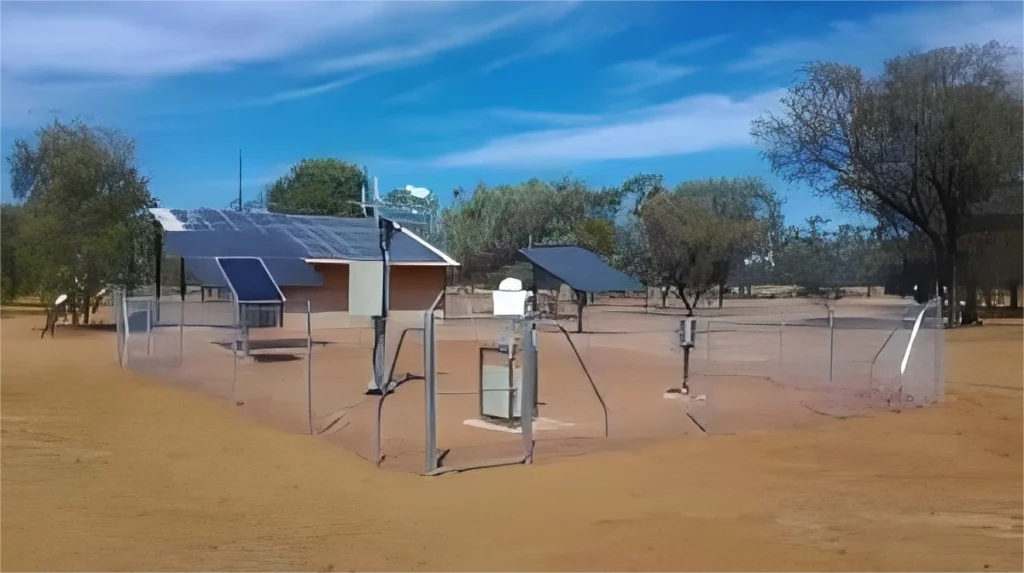Disadvantages of Automatic Weather Stations

# Disadvantages of Automatic Weather Stations
## Introduction
Automatic Weather Stations (AWS) have revolutionized meteorological data collection by providing continuous, real-time weather information. However, despite their numerous advantages, these systems also come with several drawbacks that can impact their effectiveness and reliability. In this article, we will explore the key disadvantages of automatic weather stations.
## 1. High Initial and Maintenance Costs
One of the primary disadvantages of AWS is the significant financial investment required for installation and upkeep. The sophisticated sensors, data loggers, and communication systems needed for these stations can be expensive. Additionally, regular maintenance, calibration, and potential repairs add to the ongoing costs, making it challenging for smaller organizations or developing countries to adopt and sustain these systems.
## 2. Dependency on Power Supply
Most automatic weather stations rely on a continuous power supply, typically from batteries or solar panels. In remote or harsh environments, power failures can lead to data gaps or complete system shutdowns. Even with backup systems, extended periods of adverse weather (e.g., prolonged cloud cover reducing solar panel efficiency) can compromise the station’s functionality.
## 3. Limited Sensor Accuracy and Durability
While AWS sensors are designed to be robust, they are not infallible. Exposure to extreme weather conditions, such as heavy rain, snow, or high winds, can damage sensitive components. Over time, sensors may also drift from their calibrated settings, leading to inaccurate readings. Regular manual checks and recalibrations are necessary to maintain data accuracy, which can be logistically challenging in remote locations.
## 4. Data Transmission Issues
Automatic weather stations often rely on wireless communication technologies to transmit data to central servers. In areas with poor network coverage or during severe weather events, data transmission can be interrupted. This can result in incomplete datasets or delays in receiving critical weather information, which may be problematic for time-sensitive applications like disaster warning systems.
## 5. Lack of Human Oversight
Unlike traditional weather stations that are often monitored by trained personnel, AWS operate autonomously. While this reduces labor costs, it also means that anomalies or malfunctions may go unnoticed for extended periods. Human observers can provide contextual information and spot irregularities that automated systems might miss, such as unusual weather phenomena or equipment tampering.
## 6. Vulnerability to Environmental and Human Factors
Automatic weather stations are susceptible to environmental damage from wildlife, vandalism, or theft, especially in isolated areas. Animals may interfere with sensors, while humans might damage or steal equipment. Protective measures can mitigate these risks but often at additional cost and complexity.
## 7. Limited Flexibility and Adaptability
AWS are typically designed for specific purposes and may not easily adapt to new requirements or technological advancements. Upgrading or modifying an existing station to incorporate new sensors or improved data processing capabilities can be costly and time-consuming. This lack of flexibility can limit the long-term utility of the system.
## Conclusion
While automatic weather stations offer numerous benefits, including continuous data collection and reduced human labor, they are not without their drawbacks. High costs, power dependency, sensor limitations, data transmission challenges, lack of human oversight, environmental vulnerabilities, and inflexibility are significant disadvantages that must be considered when implementing these systems. Addressing these issues through improved technology, better maintenance protocols, and strategic placement can help maximize the effectiveness of AWS in meteorological applications.
You May Also Like

Dino Game: A Timeless Classic in the World of Online Gaming
March 21, 2025
FACTORS AFFECTING THE SERVICE LIFE OF GEOTEXTILES: DURABILITY AND MAINTENANCE
December 9, 2024